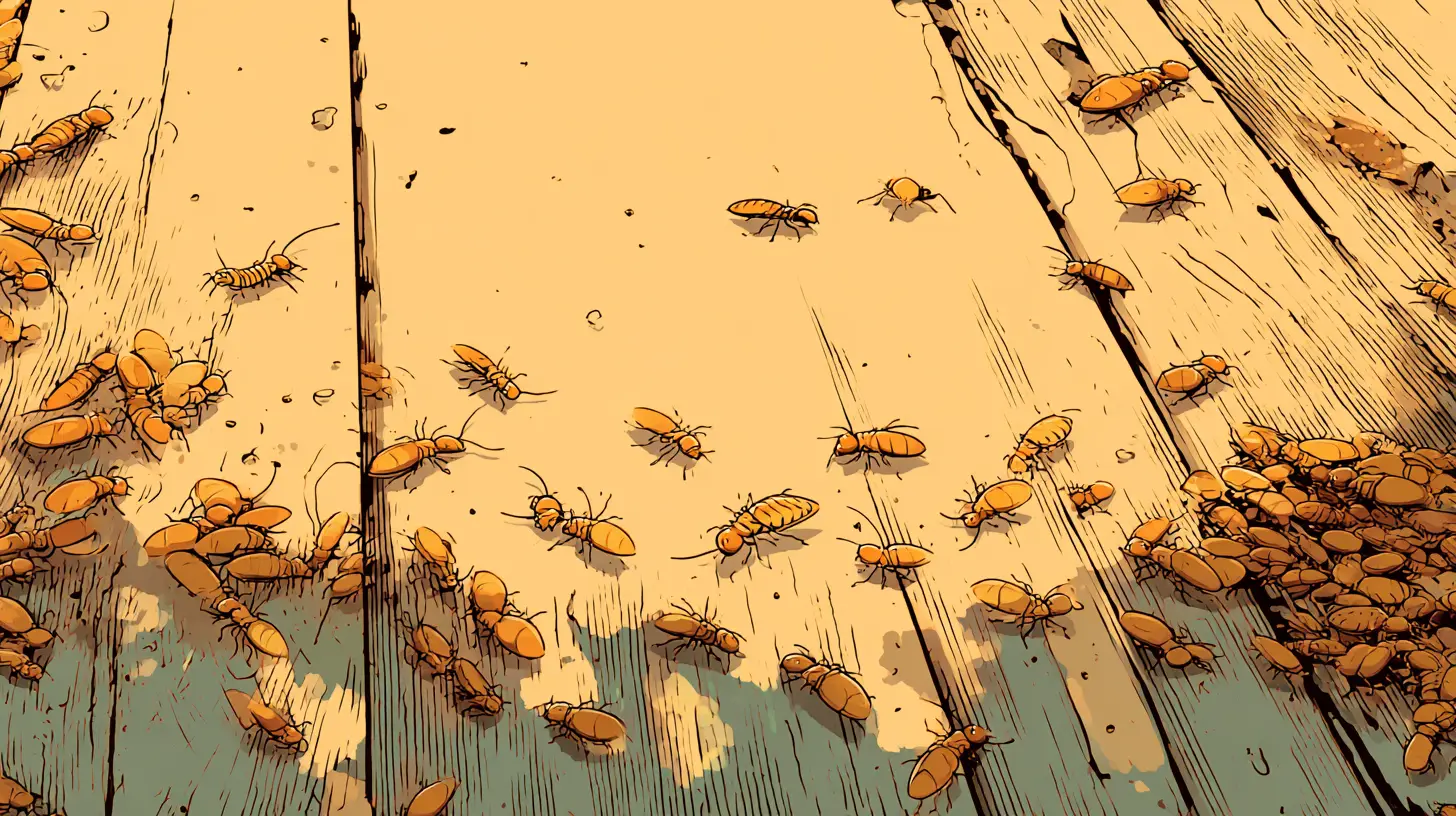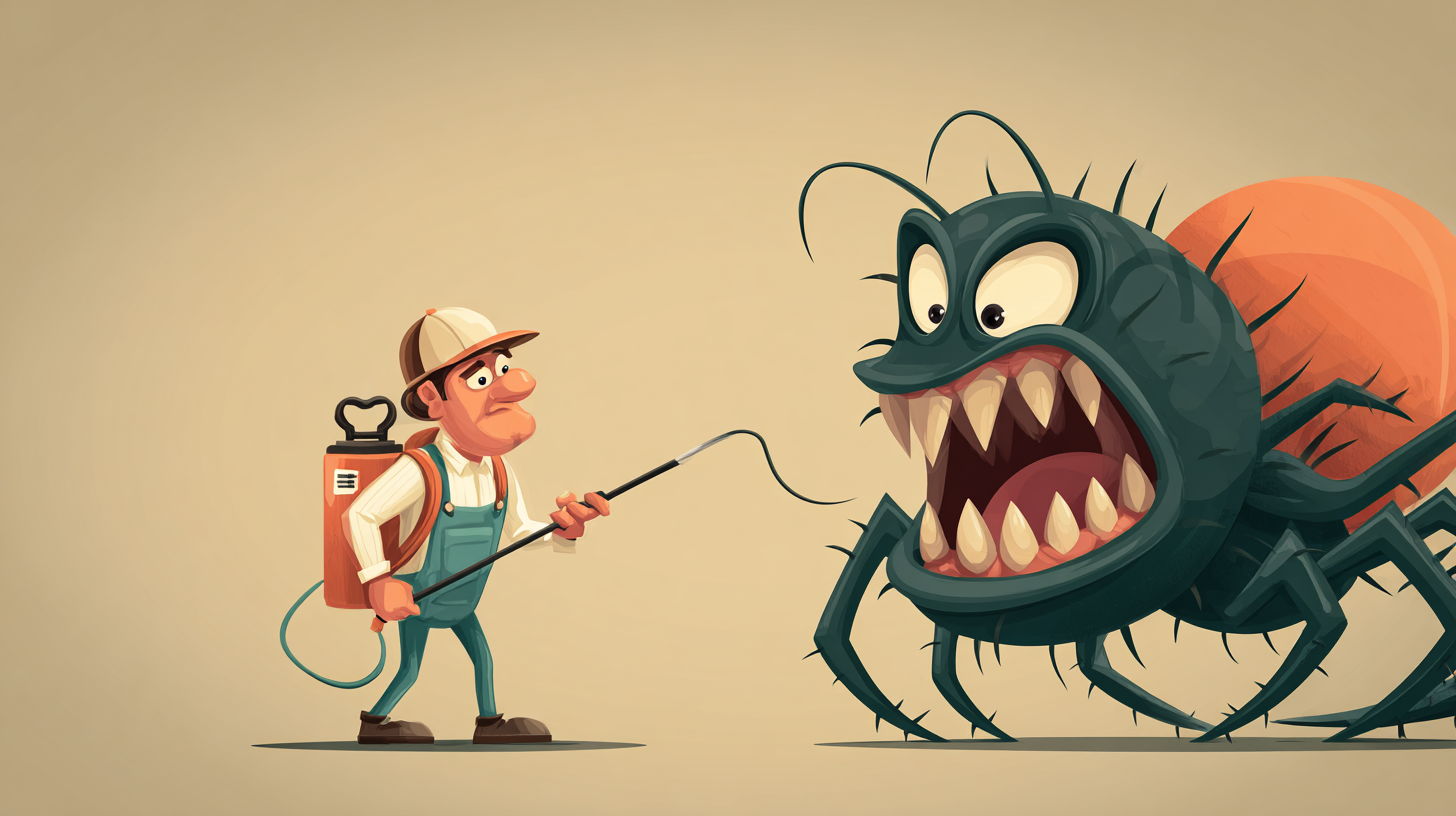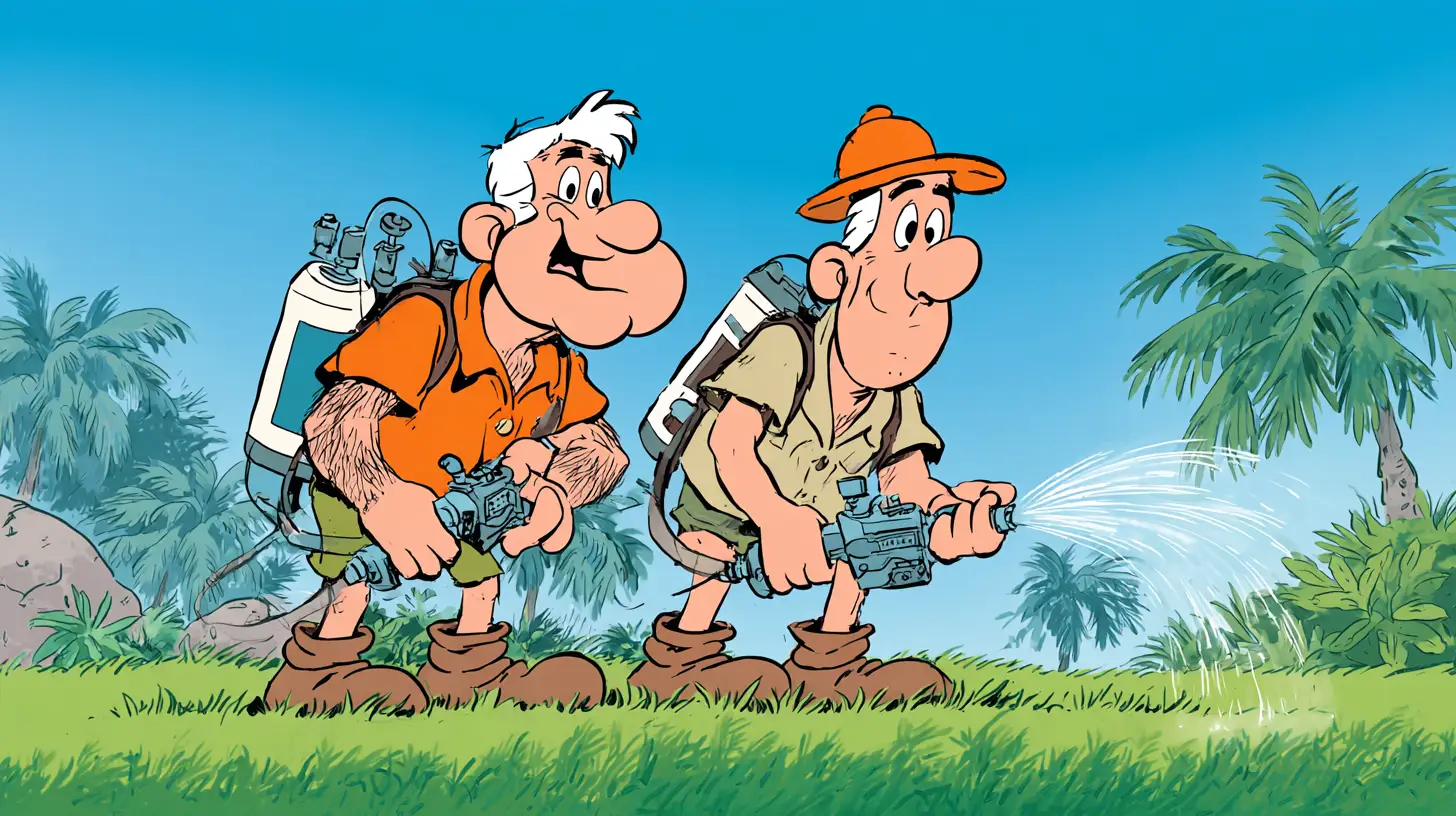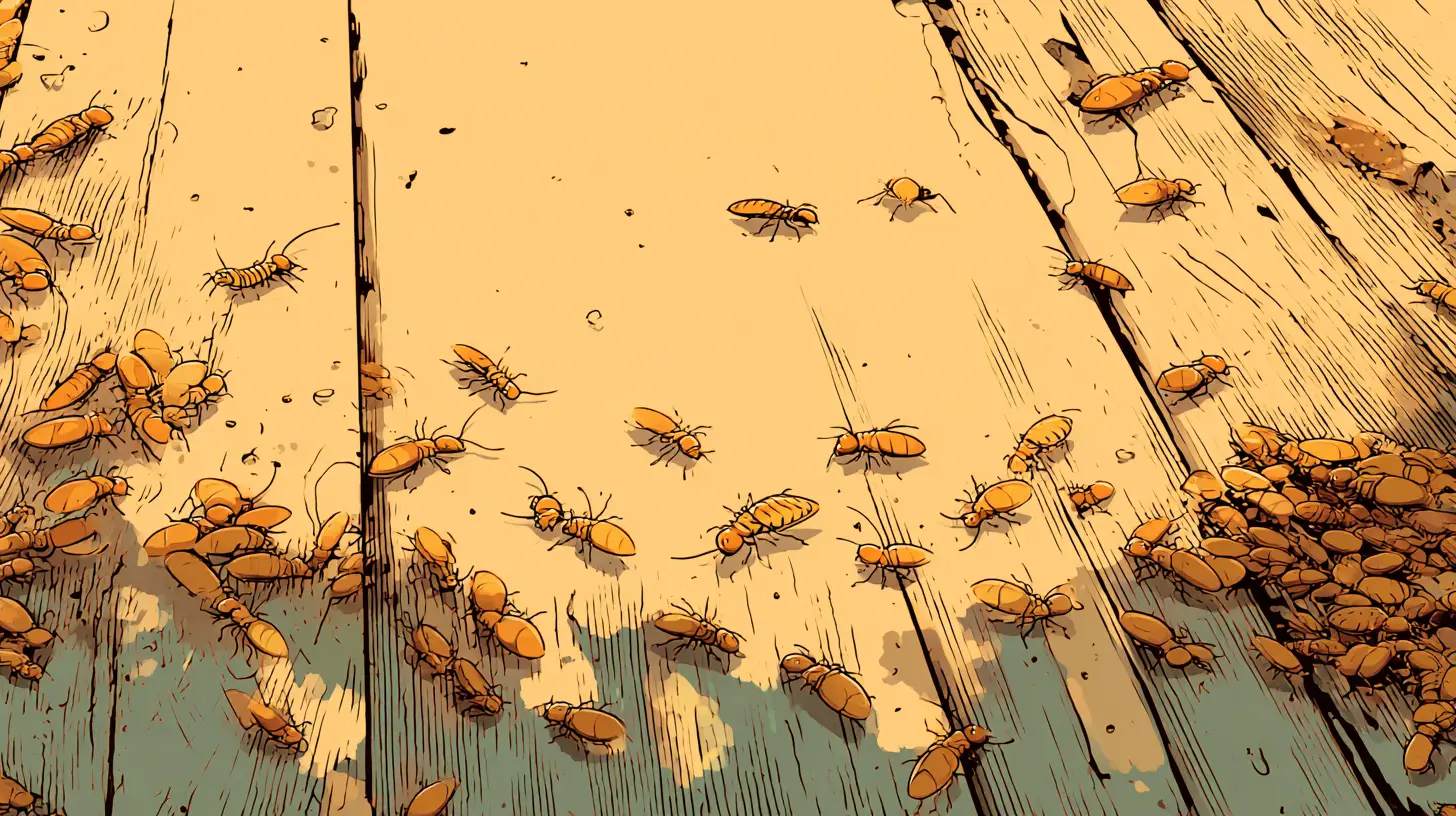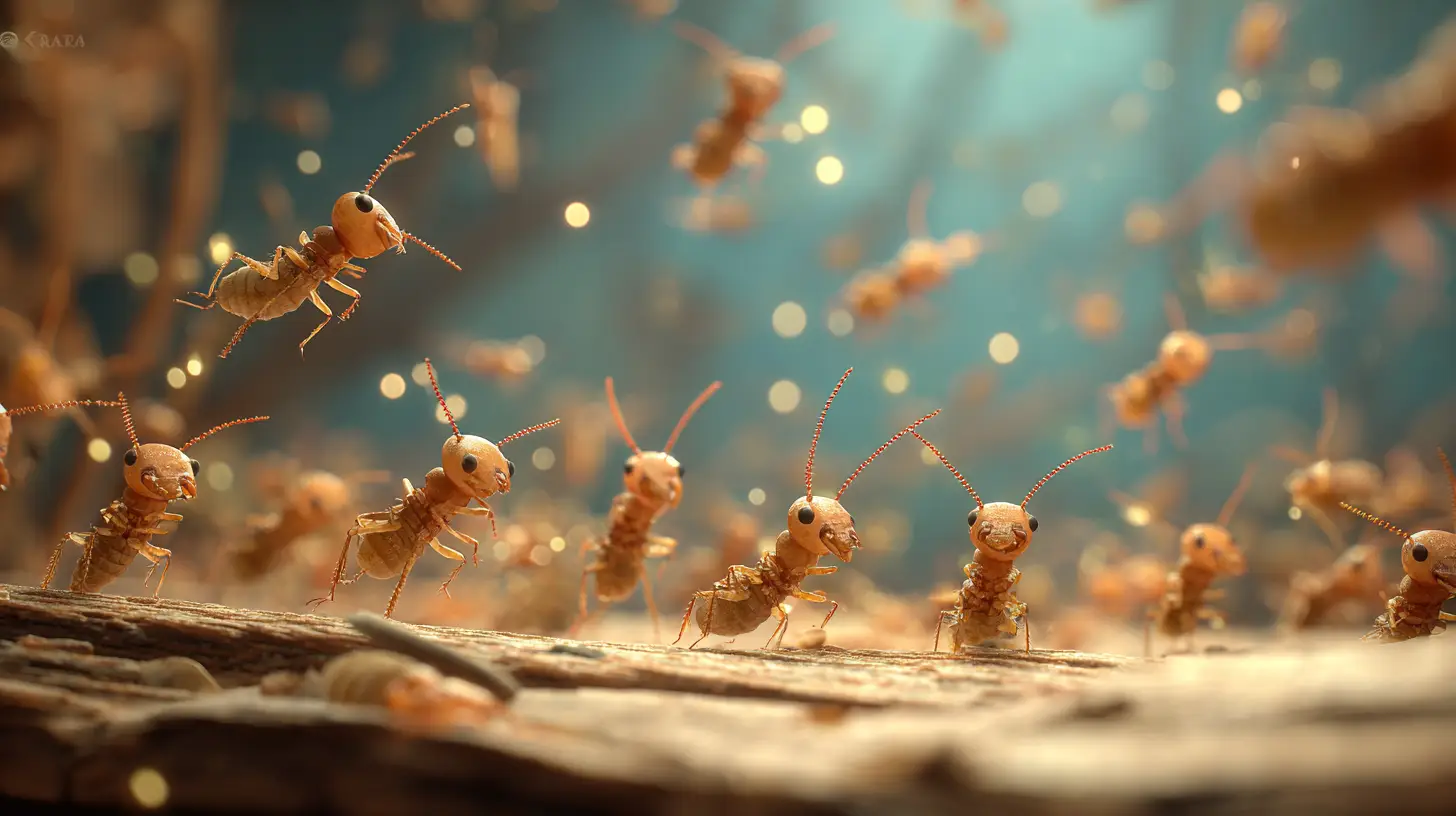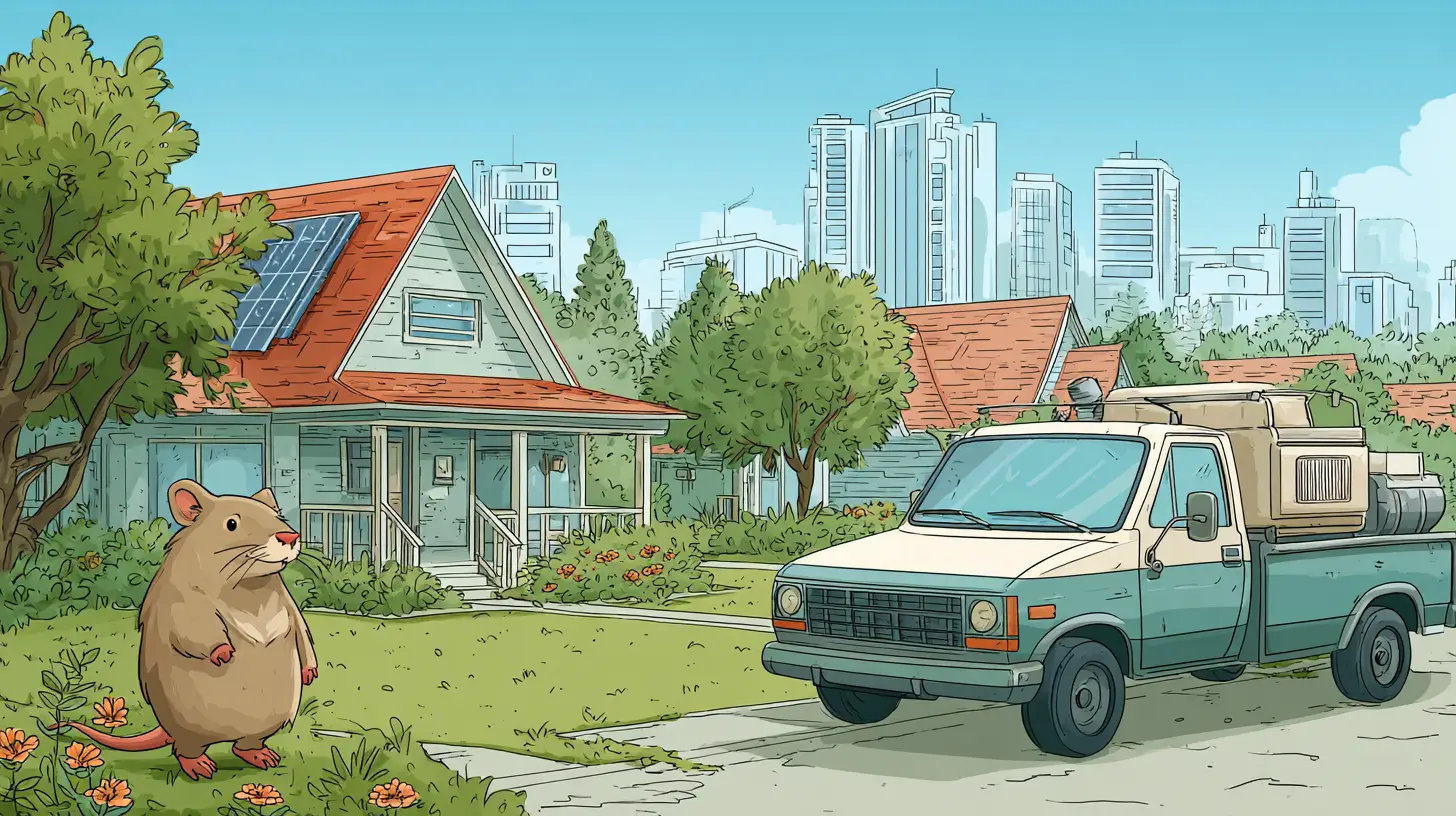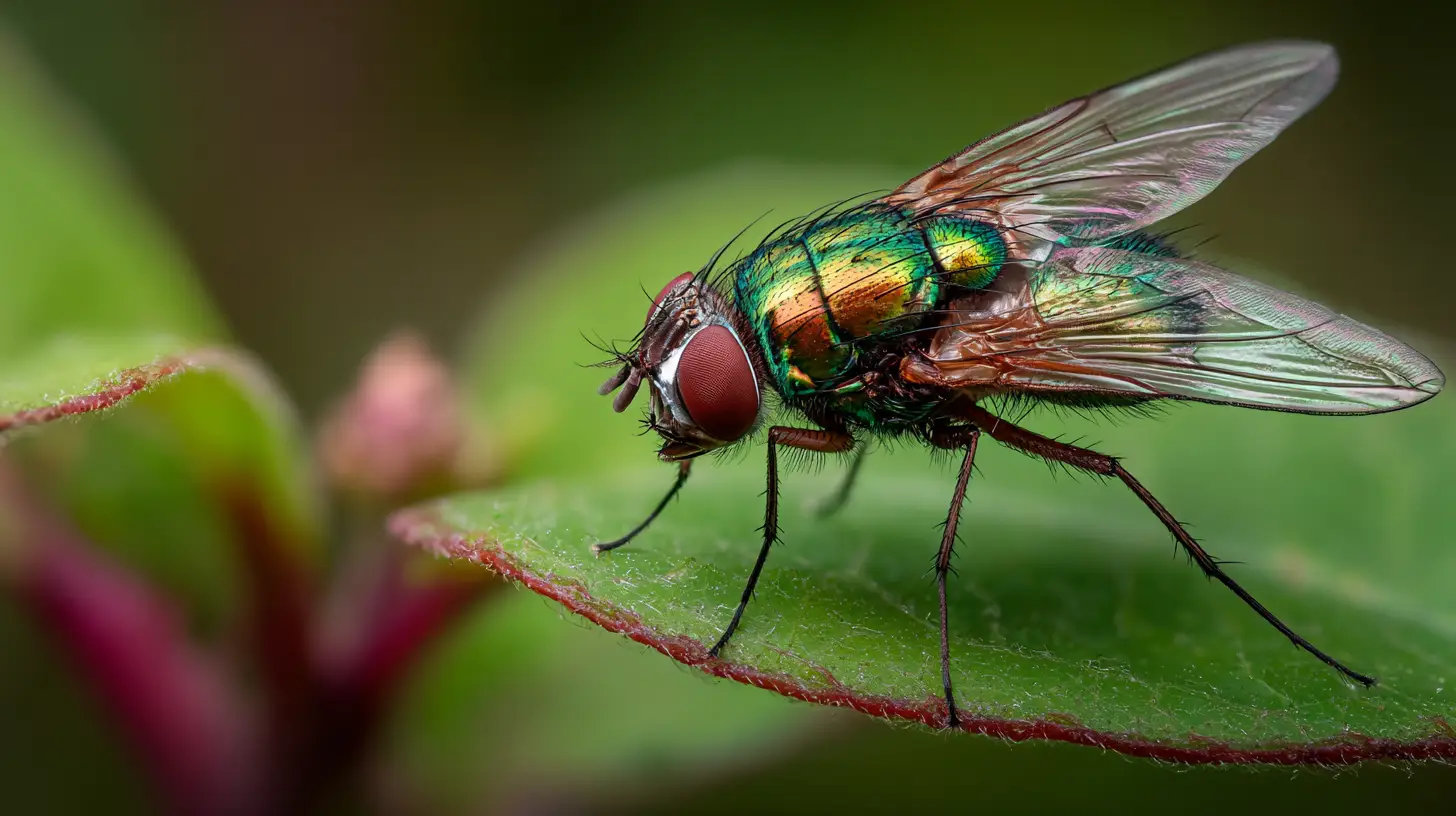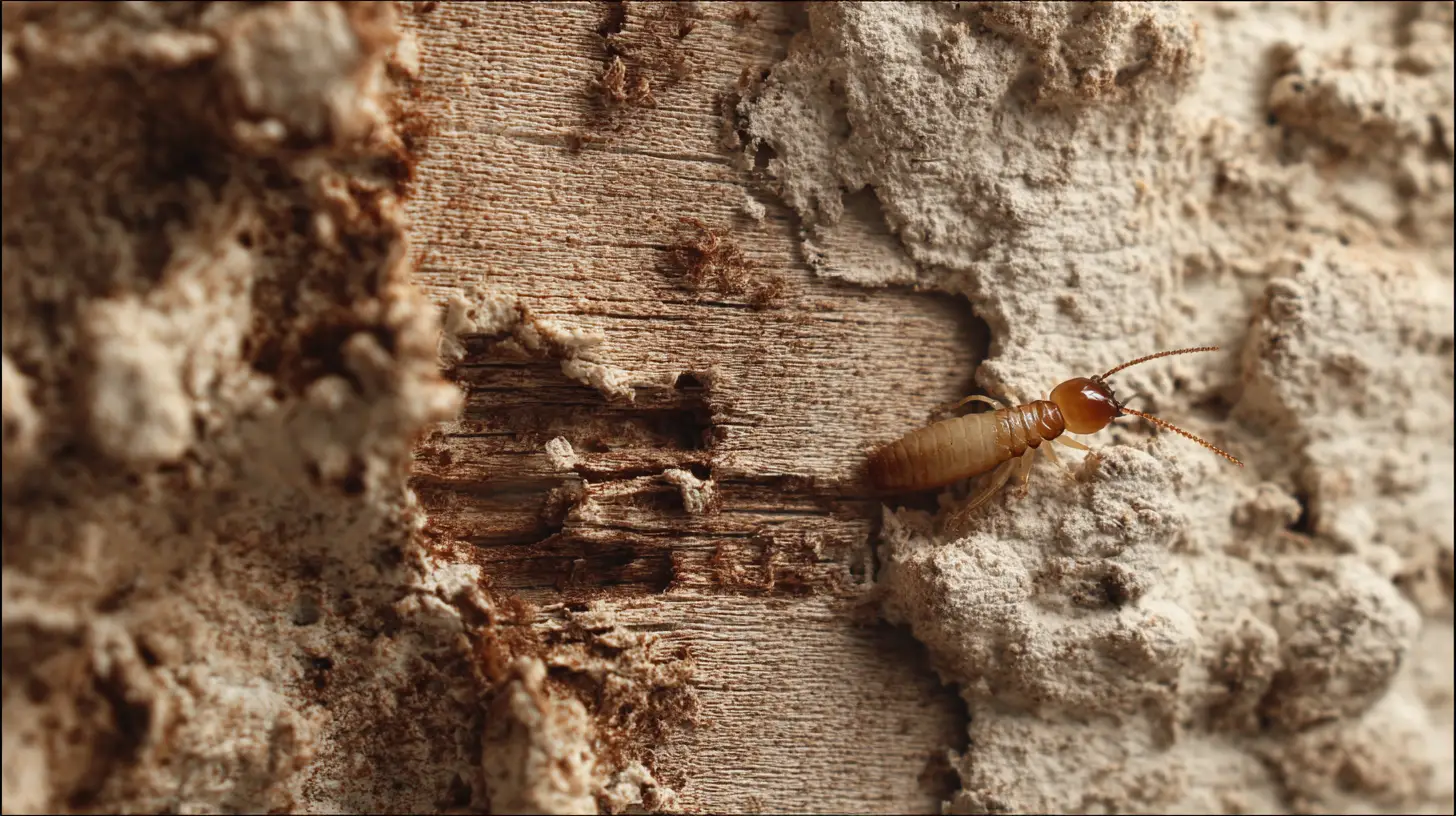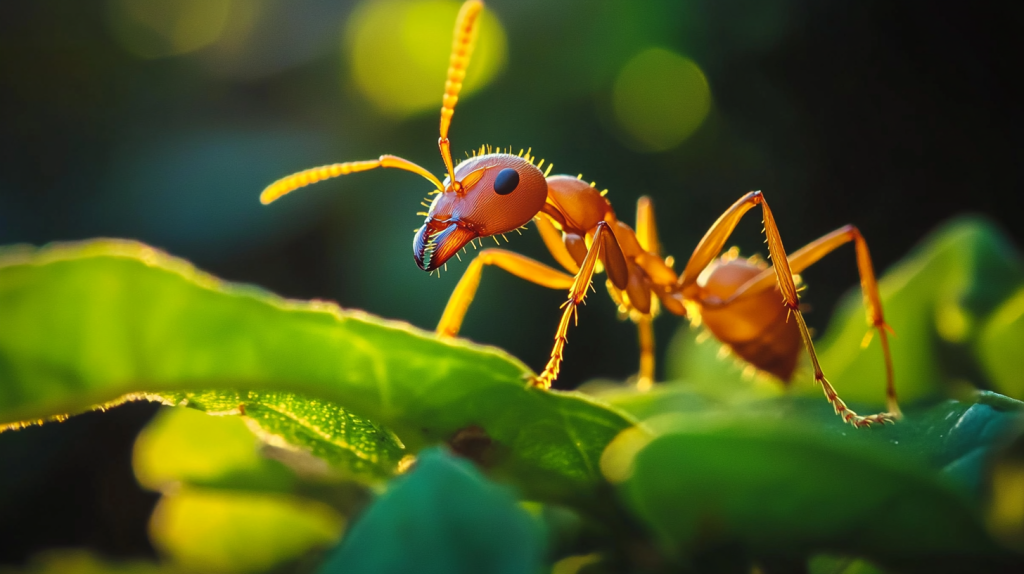
Table of Contents
If you’ve noticed brown patches, thinning grass, or unusual damage to your Venice lawn, chances are you’re dealing with one of Southwest Florida’s common lawn pests. Our warm, humid climate and sandy soils create the perfect environment for a variety of turf-damaging insects, grubs, and mites. This guide will help you identify and effectively manage the most problematic lawn pests in Venice, Florida.
Key Takeaways
- Proper Identification is Critical: Different pests require different control strategies. When in doubt, consult with Sarasota County Extension Office for help with identification.
- Timing Matters: Most lawn pests in Venice have seasonal patterns. Applying treatments at the right time significantly improves effectiveness.
- Healthy Lawns Resist Pests: Proper mowing height, appropriate irrigation, and balanced fertilization create turf that can better withstand and recover from pest damage.
- Integrated Pest Management Works Best: Combine cultural practices (proper mowing, irrigation), biological controls (beneficial nematodes, predators), and judicious chemical use only when necessary.
- Prevention is Easier Than Cure: Regular monitoring and early intervention prevent small problems from becoming lawn-destroying infestations.
- Local Climate Considerations: Venice’s warm, humid conditions create year-round pest pressure that requires vigilance and adaptive management.
Why Pest Identification Matters for Venice Lawns
Before reaching for pesticides, it’s crucial to correctly identify which pest is causing damage to your lawn. Different pests require different treatment approaches, and misdiagnosis can lead to wasted time, money, and potentially more damage.
St. Augustinegrass is the most common turfgrass in Venice, but Bermuda, Zoysia, and Bahiagrass are also popular. Each grass type has specific vulnerabilities to certain pests, making proper identification even more important for effective treatment.
Most Common Lawn Pests in Venice, Florida
Southern Chinch Bug
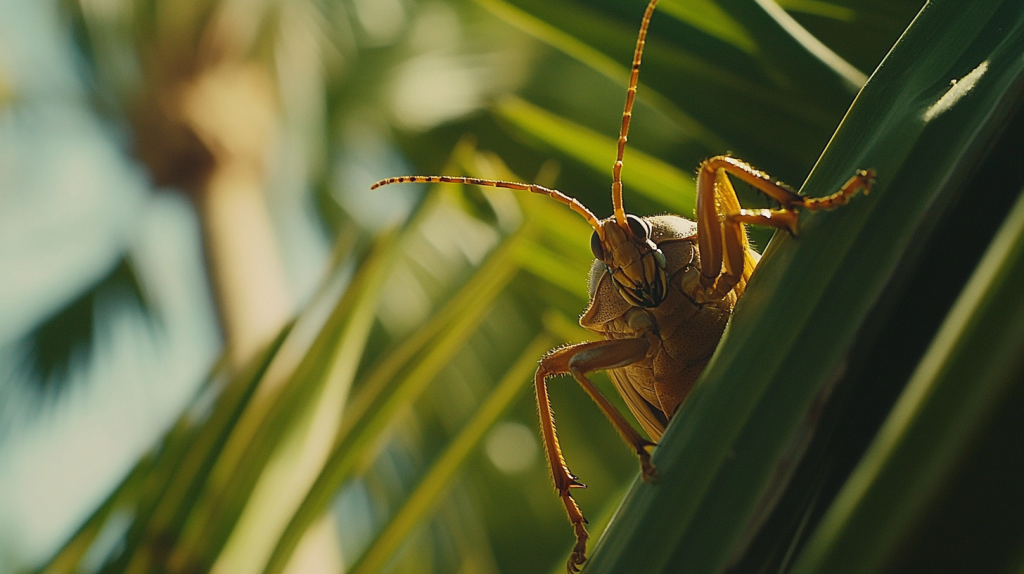
Description: Tiny (3-4mm) black insects with white wings. Nymphs appear reddish with a white band across their backs.
Damage Signs: Irregular yellow patches that quickly turn brown, especially in hot, sunny areas. Dead grass patches appear that don’t respond to watering. Often the first signs show up in drought-stressed areas.
Affected Grasses: Primarily attacks St. Augustinegrass, but will also feed on Zoysiagrass.
Seasonal Activity: In Venice, chinch bugs can feed year-round but populations explode during spring through fall when temperatures rise.
Prevention & Control:
- Maintain proper mowing height (3-4 inches for St. Augustine)
- Avoid excessive nitrogen fertilization
- Reduce thatch buildup
- Water deeply but infrequently
- For confirmed infestations, treat with insecticides labeled for chinch bugs
- Rotate insecticide modes of action to prevent resistance
Detection Tip: Use the “flotation test” by removing both ends of a coffee can, pushing it into the soil at the edge of damaged areas, filling with water, and waiting to see if chinch bugs float to the surface.
Tropical Sod Webworm
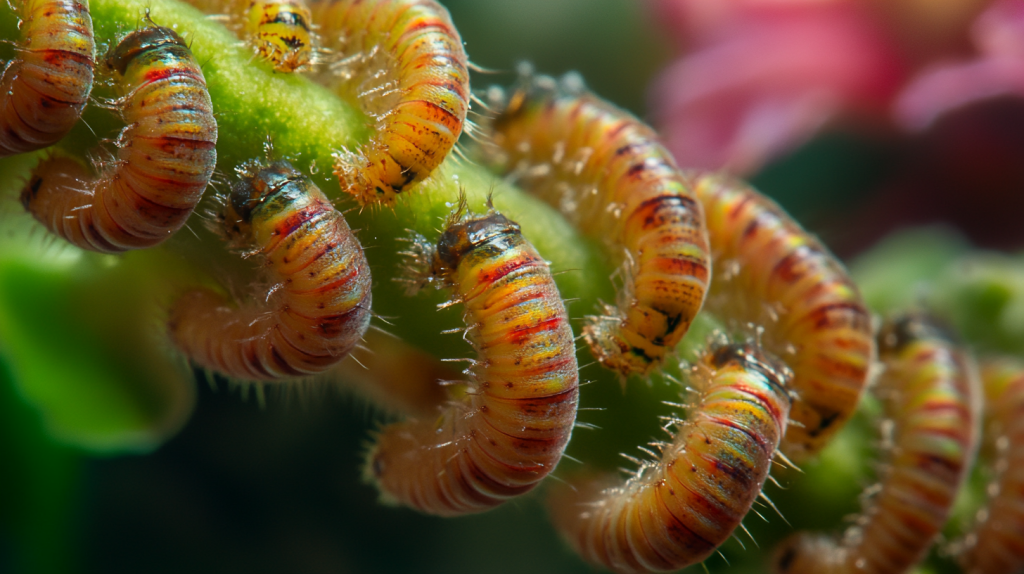
Description: Small, greenish-gray caterpillars (larvae of lawn moths) that grow up to about an inch long. The adult moths are small, tan, and fly erratically when disturbed.
Damage Signs: Notched, ragged grass blades that look like they’ve been “chewed.” Thinning turf and small brown patches that seem to appear overnight. You may notice tiny green fecal pellets in the thatch.
Affected Grasses: Favors St. Augustinegrass but also attacks Bermuda, Zoysia, centipede, and Bahia.
Seasonal Activity: Active from spring through fall, and often year-round in Venice’s climate. Damage frequently occurs after hot, dry weather.
Prevention & Control:
- Keep your lawn healthy with proper mowing and watering
- Look for webworm larvae hiding in thatch layer (especially at night with a flashlight)
- Beneficial predators like birds and insects can help control populations
- For severe infestations, use insecticides labeled specifically for sod webworms
- Apply treatment in late afternoon when larvae become active
Fall Armyworm
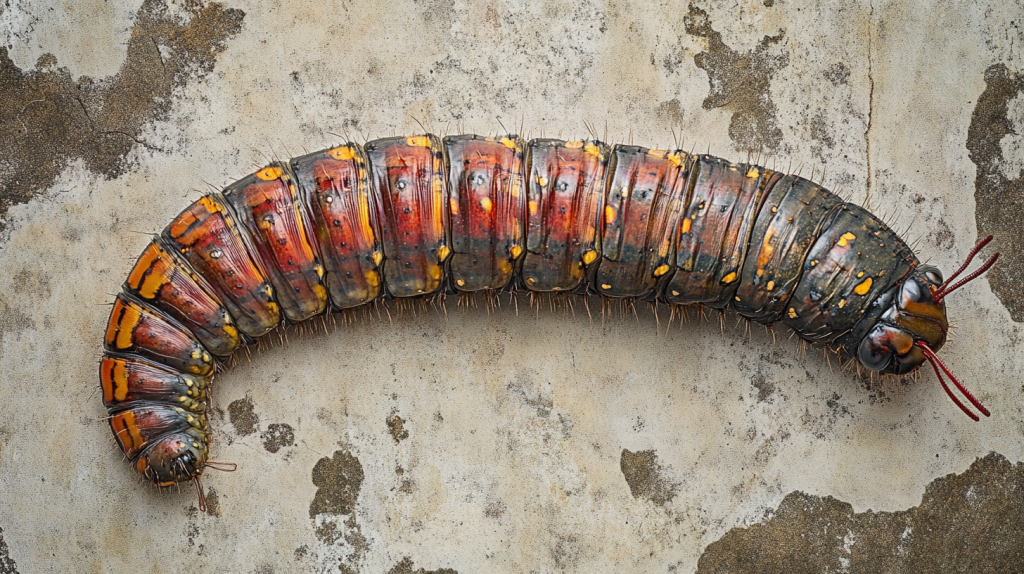
Description: Green to brown striped caterpillars with an inverted “Y” on their heads, growing up to 1.5 inches long.
Damage Signs: Large, uniform bare spots where grass has been completely stripped. Damage spreads rapidly as larvae move across the lawn.
Affected Grasses: Attacks virtually all warm-season grasses, with a preference for Bermudagrass. Newly established lawns and heavily fertilized turf are particularly vulnerable.
Seasonal Activity: Despite the name, can appear spring through fall in Venice. Peak damage typically occurs in late spring and early fall.
Prevention & Control:
- Avoid excessive nitrogen fertilization, especially in late summer
- Maintain consistent irrigation
- Natural enemies (parasitic wasps, birds, etc.) often provide good control
- For serious infestations, treat with products containing spinosad, Bt, or other insecticides labeled for caterpillars
- Apply in late afternoon or early evening when larvae are active
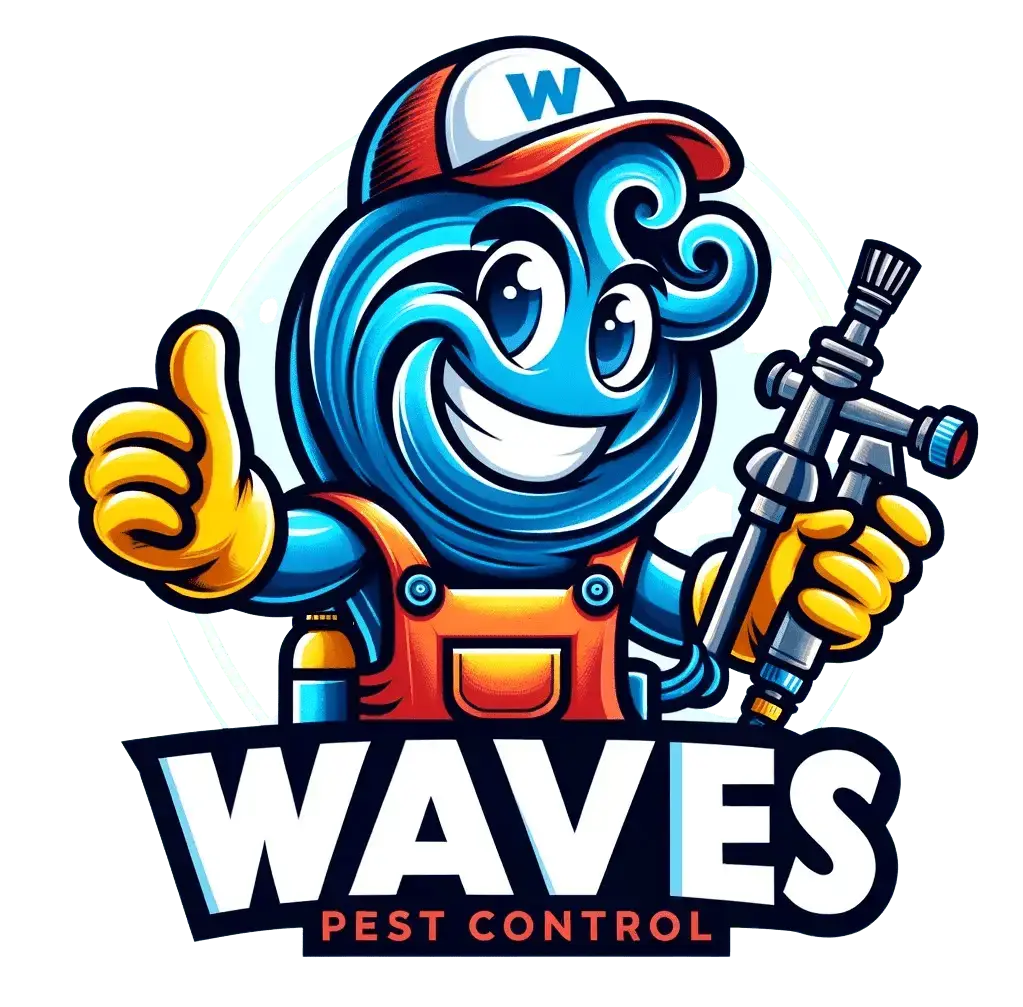
Get Pest-Free Today!
Trust Waves Pest Control for expert pest solutions in Florida. Call now or request your free quote online!
Request a QuoteMole Crickets
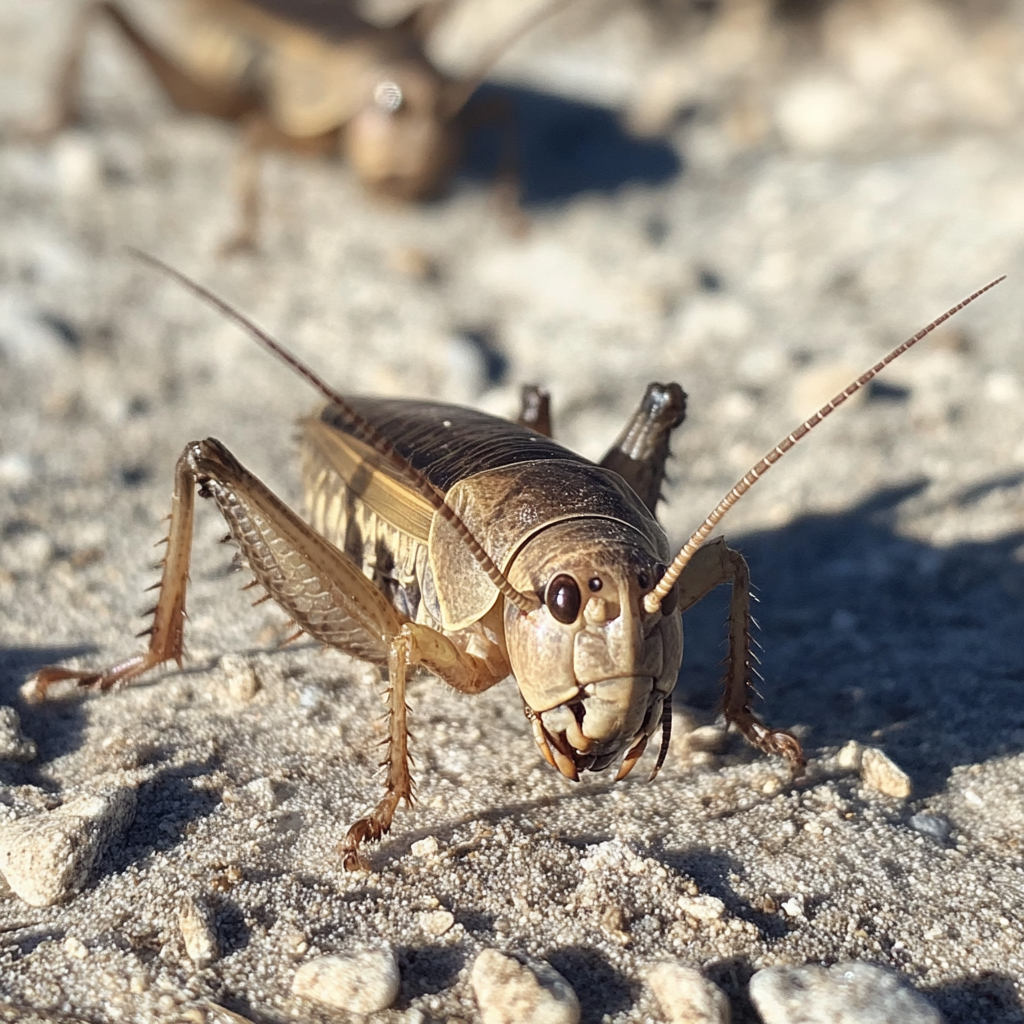
Description: Light brown, 1-2 inch long crickets with shovel-like front legs designed for digging.
Damage Signs: Spongy, tunnel-riddled soil and raised ridges across the lawn surface. Grass may be uprooted and feel loose underfoot. Animals digging for the crickets often create additional damage.
Affected Grasses: Prefers Bahiagrass and Bermudagrass but will also damage St. Augustine and centipedegrass.
Seasonal Activity: Most active during warm, moist conditions from spring through summer. Adults fly to new sites around dusk.
Prevention & Control:
- Detect by flushing with soapy water (1-2 tablespoons dish soap in 2 gallons water)
- Beneficial nematodes (Steinernema scapterisci) can provide biological control
- Deep, infrequent watering helps reduce damage
- Apply systemic insecticides labeled for mole crickets in late spring/early summer
- Follow up treatments may be necessary as populations can rebound
White Grubs
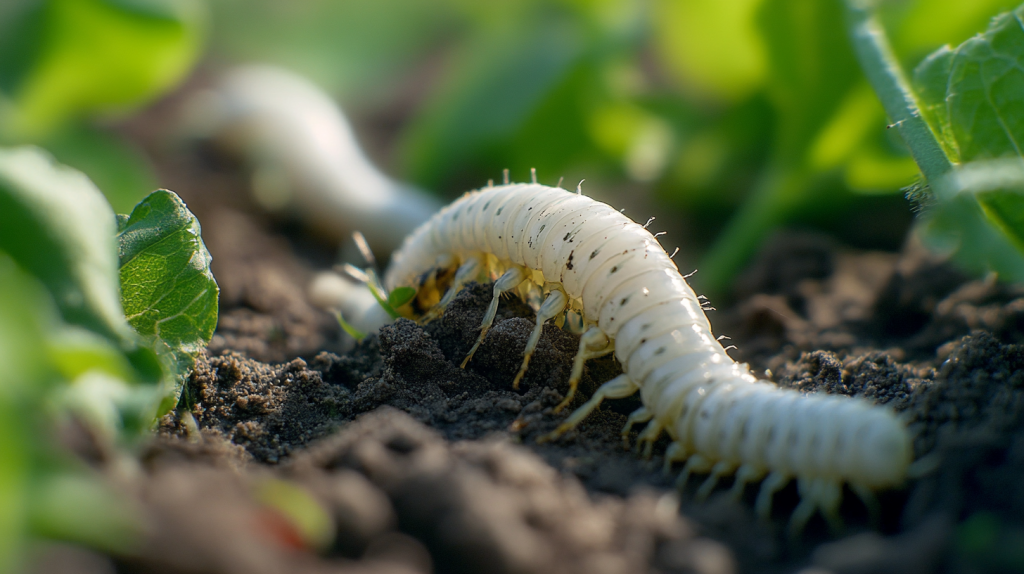
Description: C-shaped, cream-colored larvae with brown heads and six legs, ranging from 1/4 to 1 inch long depending on species and stage.
Damage Signs: Initially subtle with patches of pale, thinning grass. As damage progresses, large brown areas develop where turf can be easily pulled up like a loose carpet due to severed roots.
Affected Grasses: All Venice lawn types are susceptible, including St. Augustine, Bermuda, Zoysia, and Bahia.
Seasonal Activity: Grubs are typically present from summer through early fall, with peak root feeding in late summer when soil is warm.
Prevention & Control:
- Confirm infestation by examining soil under damaged areas (10+ grubs per square foot indicates treatment need)
- Preventive applications of systemic insecticides in spring can protect roots
- Beneficial nematodes (Heterorhabditis species) applied in summer can provide biological control
- Maintain proper lawn care to help grass recover from minor damage
- Water thoroughly after treatment to move product into the soil
Red Imported Fire Ant
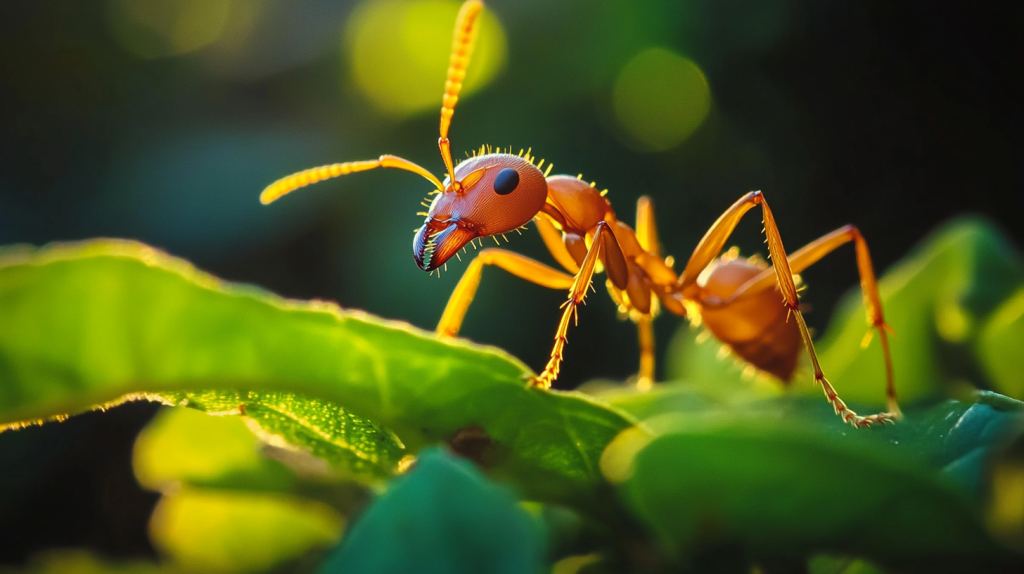
Description: Reddish-brown ants of various sizes (2-5mm) that build dome-shaped mounds in lawns. Aggressive when disturbed, delivering painful stings.
Damage Signs: Visible soil mounds throughout the lawn; grass may die around mounds. Painful, burning stings that form pustules lasting several days.
Affected Grasses: Invades all turf types, preferring sunny, open areas.
Seasonal Activity: Year-round in Venice, with most active foraging when soil temperatures are 70-90°F.
Prevention & Control:
- Broadcast granular baits in late spring/early summer
- Individual mound treatments for immediate control
- Reapply baits as directed (typically every 1-2 months in active season)
- Avoid ineffective home remedies like soda, ash, or dish soap
- Complete eradication is unlikely; ongoing management is necessary
Bermudagrass Mite
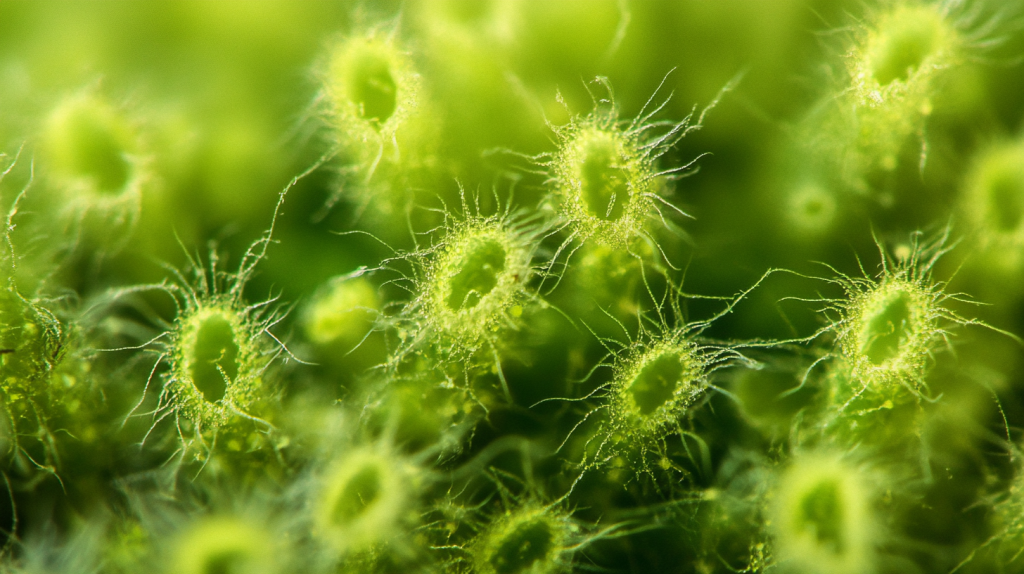
Description: Microscopic banana-shaped mites that live inside folded leaf sheaths.
Damage Signs: Characteristic “tufting” or rosetting of grass tips, with shortened internodes forming tight clumps. Affected areas appear ragged and may thin out over time.
Affected Grasses: Primarily Bermudagrass varieties, though related mites can affect Zoysiagrass.
Seasonal Activity: Multiple generations occur in warm weather, with populations building up in late spring and early summer.
Prevention & Control:
- Use mite-resistant Bermuda cultivars like ‘Tifsport’ or ‘Midiron’
- Avoid excessive fertilization and low mowing heights
- Mechanical control by scalping (mowing very low) and removing clippings
- Apply labeled miticides in late spring when mites are active
- Water and fertilize properly to help grass outgrow damage
Plant-Parasitic Nematodes
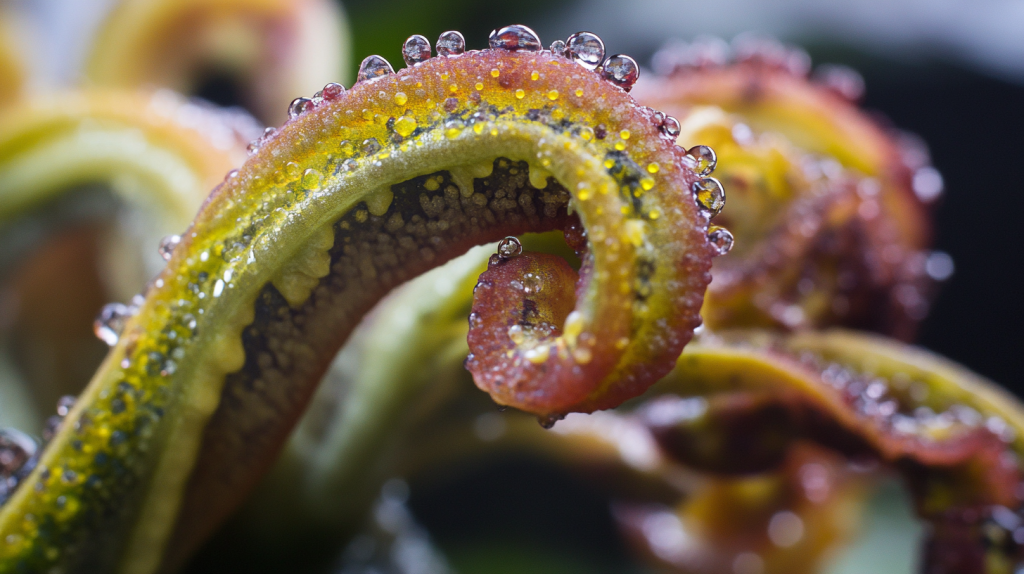
Description: Microscopic roundworms in soil that feed on grass roots.
Damage Signs: Thin, uneven turf with stunted growth and poor recovery after stress. Often leads to weed intrusion (especially prostrate spurge and Florida pusley) where grass thins.
Affected Grasses: St. Augustinegrass is most vulnerable, though Bermuda and Zoysia can also be affected.
Seasonal Activity: Population peaks typically occur in late April-May and August-September during warm periods.
Prevention & Control:
- Chemical options for home lawns are limited
- Raise mowing height to encourage deeper roots
- Water deeply but infrequently
- Ensure adequate potassium fertility
- Confirm with soil test through UF Soil Lab
- For severe cases, replacing affected sod may be necessary
Frequently Asked Questions (FAQs)
How can I tell which pest is damaging my lawn?
Look for distinctive damage patterns: chinch bugs cause yellow-to-brown patches in sunny areas; webworms leave notched grass blades; mole crickets create tunnels and spongy soil; grubs allow turf to be pulled up like carpet. When in doubt, use the appropriate detection method (soap flush for surface insects, soil examination for grubs) or contact your local extension office.
When is the best time to treat for lawn pests in Venice?
Timing varies by pest:
- Chinch bugs: April through September
- Sod webworms: Late spring through summer
- Grubs: Preventive treatments in late spring; curative in summer
- Mole crickets: May-June for best control of nymphs
- Fire ants: Spring and fall for baits
Are there natural or organic options for controlling lawn pests?
Yes, several options exist:
- Beneficial nematodes for mole crickets and grubs
- Bacillus thuringiensis (Bt) for caterpillars like webworms and armyworms
- Encouraging natural predators (birds, beneficial insects)
- Cultural practices like proper mowing and irrigation
- Organic products containing spinosad or pyrethrins for various pests
How often should I inspect my lawn for pests?
For Venice lawns, monthly inspections from March through October are recommended, with focus during peak pest seasons. Look for early signs of damage, conduct soap flush tests in suspicious areas, and check soil moisture and thatch levels regularly.
Can I prevent lawn pests without chemicals?
While complete prevention may be challenging in Venice’s climate, you can reduce pest pressure by:
- Maintaining proper mowing height (3-4 inches for St. Augustine)
- Watering deeply but infrequently
- Reducing thatch buildup
- Using pest-resistant grass varieties when possible
- Avoiding excessive nitrogen fertilization
- Encouraging beneficial insects and birds
How do fertilizer restrictions in Sarasota County affect pest management?
Sarasota County’s summer fertilizer ban (June 1-September 30) coincides with peak pest activity. Focus on strengthening your lawn before restrictions begin. During the ban, use iron-based products for greening without nitrogen. If pest damage occurs during ban periods, you can still use insecticides while following non-fertilizer cultural practices.

